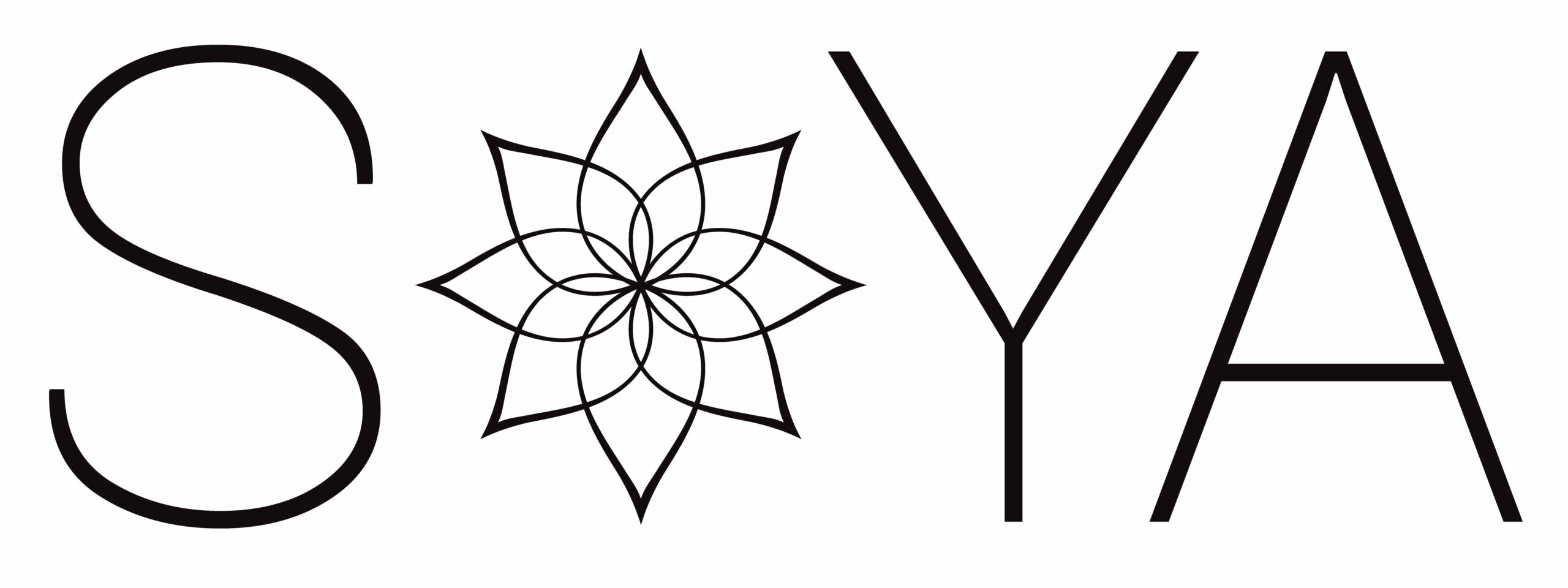Many Sanskrit terms are used in yoga classes, from the names of yoga poses to the standard “Namaste” greeting to mantras. If you are confused, here are a few breakdowns for you…
ASANA
Asana means ‘seat of consciousness’ and as described in Patanjali’s sutras 2.46 sthira-sukham asanam (seat/posture should be stable and comfortable), but nowadays it is more often used to mean ‘pose’. Therefore, Triangle Pose = Trikonasana. So in yoga classes, we are practicing poses to become more stable and at ease in body and mind for meditation practice.
OM
OM is a mantra formed by combining the letters A, U, and M. When you chant OM or AUM – the whole mouth is used – the back of the throat, middle chamber and then the lips.
A – represents the physical plane, the waking state
U – represents the mental and the astral planes, and the dreaming state
M – represents the deep sleep state and all that is unknown and beyond the reach of the intellect.
So OM represents all. OM is the basis of your life, thought and intelligence, Existence Absolute, Knowledge Absolute, Bliss Absolute. OM gives peace and tranquility.
SHANTI
Shanti means peace. Peace of body, mind and spirit. When you chant Om Shanti, Shanti, Shanti – it is an invocation of peace.
NAMASTE
When you bring your hands together at the heart, bow your head and say Namaste, you have an opportunity to make this more meaningful than just marking the beginning or end of the class. Western yogis have adopted this Indian custom of respectful greeting. In yoga, on the surface it is a way for teacher and student to thank each other for practice together, and also a way to close the sacred container of the practice.
Namaste represents the idea that we are all One. This is a big idea! That despite our individual outer trappings that make us appear different from one another, we are all made of the same stuff. We affirm to identify with Universal Consciousness rather than ego. When you say Namaste to others and mean it, you are really saying that you see others for who they are. That we are one and the same. You affirm to honor That in them and in you which is the most authentic – the truest, and allow their limitations (and yours) to dissolve. Namaste can be a practice in itself – to know its meaning not just conceptually, but also deep within that this is truth.
Common translations of Namaste are –
• The divine light in me bows to the divine light within you.
• We are the same, we are one.
• I honor the place in you where the entire universe dwells.
• I bow to the place in you that is love, light, and joy.
• I honor the place in you that is the same as it is in me.
• My soul recognizes your soul.
Perhaps you might like to choose one of these meanings of this salutation or sacred greeting that speaks deeply to you. Plant that seed with each repetition and nourish it.
Namaste!
 Gail Thompson, E-RYT500, is a SOYA teacher trainer in Creston BC. She has been teaching yoga since 2003. Gail will be leading the SOYA 200 hour teacher training Feb-June 2020. To learn more about Gail and the upcoming training go to yoga-teacher-training/200hr-extended-creston-bc
Gail Thompson, E-RYT500, is a SOYA teacher trainer in Creston BC. She has been teaching yoga since 2003. Gail will be leading the SOYA 200 hour teacher training Feb-June 2020. To learn more about Gail and the upcoming training go to yoga-teacher-training/200hr-extended-creston-bc
Celebrating over 25 years of Teacher Training


Recent Comments